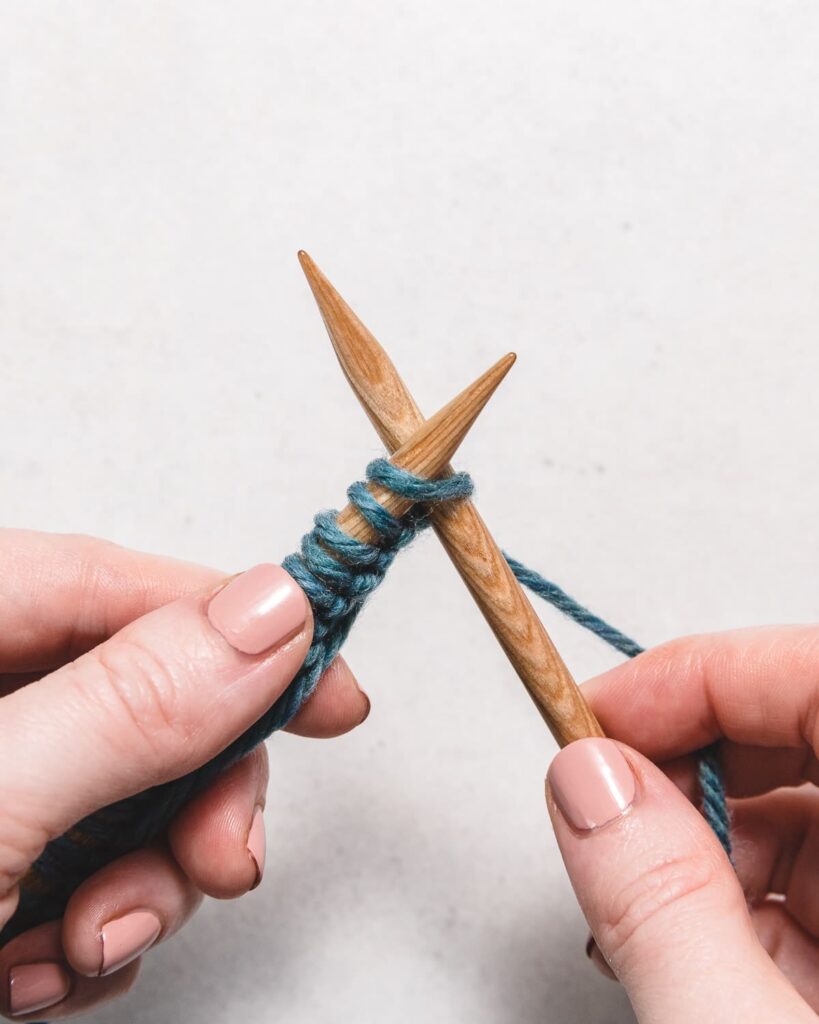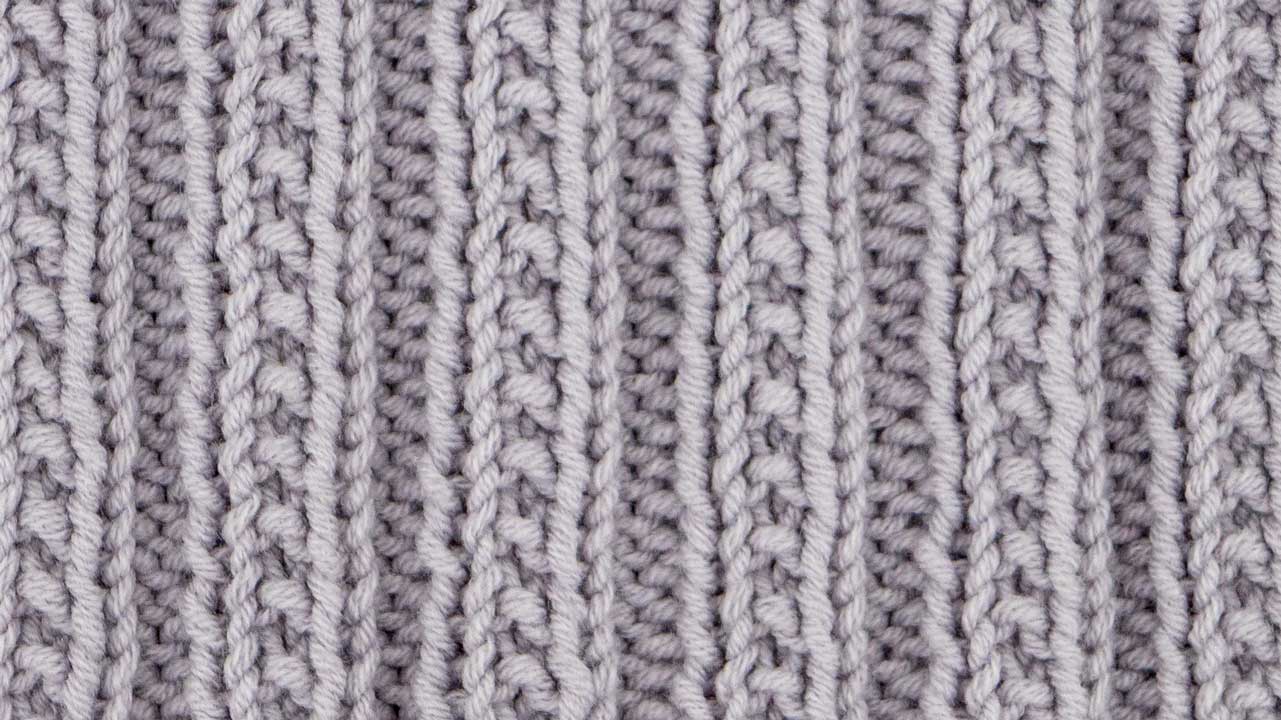
It is crucial that you choose the right knitting needle when you make a decision to knit. There are different types of knitting needles available, including Straight, Cable, Double-pointed, and Flexible. It's important to know which one you want before you start. This article will help to decide which type of knitting needle is best for you. These are the guidelines that will help you choose a knitting needle that is right for you.
Straight knitting needles
There are many kinds of knitting needles. Some are round, others straight. Each one has its pros and cons. A straight needle might be the best option for someone who is new to knitting. They are also cheaper and easier to store. But, experienced knitters can use a circle needle. Here are some benefits to each type of knitting needle. If you're new to knitting, it's a good idea to try out both kinds and decide which you prefer.

Double-pointed needles
There are two main types double-pointed knitting knives: the circular and double pointed. Double-pointed knitting needles tend to be shorter than circular ones, which makes them better at catching stitches. Double-pointed nippers are shorter but sharper. Knitting tightens stitches. They are more efficient at catching yarn that circular needles.
Cable needles
When you start knitting, cable needles are a necessity for your projects. These needles keep the stitches in place at the front and rear of your knitting project. Cable needles can be written as cf/cb in knitting pattern. They are most commonly used to make sweaters and other sweater-like items. It will help you make your project run smoothly by choosing the right cable needle. If you have any questions about cable needles, contact a knitting store and ask for a free trial of their products.
Flexible knitting needles
When you're looking for the best knitting needles, flexible ones are a great choice. These needles are great for those with arthritis and who want to knit the best. You won't be able to slow down your knitting speed with the metal tips they have. They are easily available at most knitting shops, and there are many styles and brands.

Steel and aluminum knitting needles
There are many options when it comes to knitting needles. You have options for plastic, carbon fiber and wooden needles. There are also double-pointed or circular needles available in different sizes. The kind of knitting you do will determine the type of needle that you use. It is easier to knit silk yarn with wooden needles rather than metal needles. Metal needles will be more useful if you're knitting small parts. You can try different types of needles to find the best one.
FAQ
What are your top hobbies?
The best hobbies are those that you enjoy doing for yourself. If you enjoy what you do, it will be much easier to keep going. If you don't feel well or tired, you will always have an excuse!
Our hobbies include painting, crafts, photography and cooking.
Consider volunteering at your local animal shelter, charity shop, hospice, children's hospital or hospice, elderly care home, school center, church, or community center.
Perhaps you want something more adventurous. Try scuba diving, rock climbing or parasailing.
You can spend your time outdoors in many different ways, including spelunking, snowshoe hiking, snowshoe hiking and more. These include caving, cliff diving, cave tubing, abseiling, sea kayaking, rafting, canoeing, climbing, trekking, bushwalking, mountaineering, backpacking, trail running, orienteering, off-road driving, quad biking, motorcycling, motorcycle riding, dirt bike riding, jet boating, hang gliding, hang gliding, parachuting, hang gliding, heli-skiing, ice skating, snowmobiling, snowshoeing, snowshoeing, cross country skiing, downhill skiing, telemark skiing, ski touring, sled dog racing, snowboarding, snowkiting, snowmobiling, spelunking, snowshoe hiking, snowshoeing and many more.
Why do we require hobbies?
Hobbies are an important part of our lives because they give us time to relax, unwind, think creatively, exercise, socialize and enjoy ourselves. We also have the chance to learn new skills and pursue lifelong passions.
Hobbies allow us to find meaning in our lives.
These are a great way for you to have some free time, even if there isn't much else.
And they're fun!
If you don’t have the time to do a hobby, you likely don’t have any other hobbies.
Look at all the options. Perhaps you should get a hobby started today if you don’t already have one.
What are some hobbies that seniors might enjoy?
Senior citizens should be able to enjoy activities that they are passionate about. They should also be active and take part in activities such as sports or other physical activities.
They might want to join clubs where they can meet people who share similar interests. This way, they'll feel less lonely as they age.
Seniors need to keep up with current trends. For example, they could follow fashion, art, music, literature, politics, etc.
What are the best ways to find a hobby?
When you first start your journey into finding a hobby, you may feel like you've got nothing to choose from.
You're probably thinking, "I'm not very artistic," or "I'm terrible at sports," or maybe even "I don't know anything."
However, it is likely that you already have a lot to draw on when searching for a hobby.
It's not that you don’t realize it yet.
Take a tour of your house. How much stuff do you own?
Are there any toys that you don't use anymore?
Perhaps you own a collection or magazines.
Maybe you've always wanted to learn how to cook.
Or maybe you'd really like to start playing guitar again.
Whatever it is, there's likely something you can turn into a hobby.
The key is to realize that you already have plenty of experiences to draw upon.
And once you do, you'll be able to pick out a hobby that fits right into your lifestyle.
Is it possible making a living as a hobby?
Not necessarily.
But if your passion is to start a business, you might be able to make a lot of money.
Let's assume you like cooking. You love healthy food, so it was a natural decision to open your own restaurant.
Customers are charged a small fee for organic food made from scratch.
You can grow your clientele over time and eventually hire employees who will work alongside you.
You can eventually expand your menu to include vegan and gluten-free dishes.
This scenario allows you to have the lifestyle you want and a business you can be proud of.
However, you don't have to quit your day job.
Instead, you could simply run your restaurant while still holding down your regular 9-5 position.
How do I start my new hobby?
To start a new hobby, you must first decide what type of activity you would like to do.
After you've decided on your subject, it is important to feel passionate about it.
Understanding why you are interested in a hobby is important. It will give you some direction and purpose.
Once you decide what kind of hobby you want, you can start planning.
Think about what equipment you'll need to purchase.
Consider whether you are required to attend classes and seminars.
You must ensure you have enough room for your hobby.
A club or group might be something you consider. These groups usually offer support and advice.
The last thing you should do is think about how much money it would cost to pursue your hobby.
Statistics
- 37% Video Games 36% Travel 36% Health and Fitness (quizexpo.com)
- In comparison, men in the “no humor” condition were refused 84.6% of the time and were only accepted 15.4% of the time. (time.com)
- The Role of the Mind in Sex, Dating, and Love: Men in the “humor” condition received phone numbers from 42.9% of the female participants and were refused 57.1% of the time. (time.com)
- Almost 80% of people claim to have no hobby. (hobbylark.com)
- A new survey by Pew Research Center of teens ages 13 to 17 finds that 36% of girls feel tense or nervous about their day every day; 23% of boys say the same. (pewresearch.org)
External Links
How To
How to start gardening
Gardening is one of the oldest forms of agriculture. It requires patience, persistence, and determination. The first step to starting a garden is to pick a spot where you will grow food. You can choose to have a large area or a small one in your backyard. Next, select the kind of plants that are most appealing to you. Do you prefer vegetables, or flowers? Some people enjoy growing herbs and others prefer raising livestock like rabbits. Before you decide on the type of crops you want to plant, it is important to consider the space available. If you live in a region that experiences cold winters then it is possible to grow fruits and berries.
After choosing what you want to plant you need to prepare your soil. How your plants perform is dependent on how well the soil you use. High quality soil is rich in organic matter, which feeds your plants' roots. Organic matter includes leaves, twigs (grass clippings), manure, compost, and manure. Once your soil is prepared, it's time to add nutrients. Depending on the type of plants you plan to grow, you may need different amounts of nitrogen, phosphorus, potassium, calcium, magnesium, boron, zinc, copper, manganese, iron, molybdenum, chlorine, sulfur, sodium, and so on. To determine these values, you can use a fertilizer calculator online. Many fertilizers are available, so make sure you know what you are buying.
After you have prepared your soil, and added the correct nutrients, you will need to wait until your seed germinates. This process usually takes anywhere from 2 weeks to 3 months, depending on the weather and the temperature in your area. Once your seeds are sprouted, you must water them regularly. Watering your plants too little or too often can cause problems. Avoid overwatering your plants. Overwatering can result in root rot, fungal diseases, and even death. Consider that plants generally need less water in the warmer months than they do in winter. Keep in mind that certain plants may need to be dried after being watered. For example, tomatoes need to stay slightly moist but not wet. They are not happy to be in soggy soil. After plants finish flowering, they need to go dormant. Dormancy is when plants stop producing new growth and begin storing energy for the next season's harvest. During dormancy, the plant stops sending signals to its roots telling them to produce food. Throughout this period, the plant stores energy. However, if the temperatures drop below freezing and there isn't enough sunlight, the plant will go to sleep.
You may be limited in what plants you can grow if you live in an urban area. Concrete sidewalks, roads and buildings are common in urban areas. They block sunlight from reaching the ground. Concrete absorbs light, preventing the soil underneath from getting adequate sun exposure. Many plants are unable to survive in urban areas due to the lack of sunlight. Many plants can still thrive in urban settings. Many trees, shrubs, and perennials can adapt to city living. Many annuals can be grown indoors, too, in containers. Container gardens allow you to bring fresh greenery into your home year-round regardless of the weather outside.
Now that you have decided where to place your garden, chosen what you will grow, and prepared your soil, you are ready to plant!